Resources
If you or someone you know is in danger now, call 000
If you are in Australia and in immediate danger or at risk of harm, call Emergency Services on Triple Zero (000).
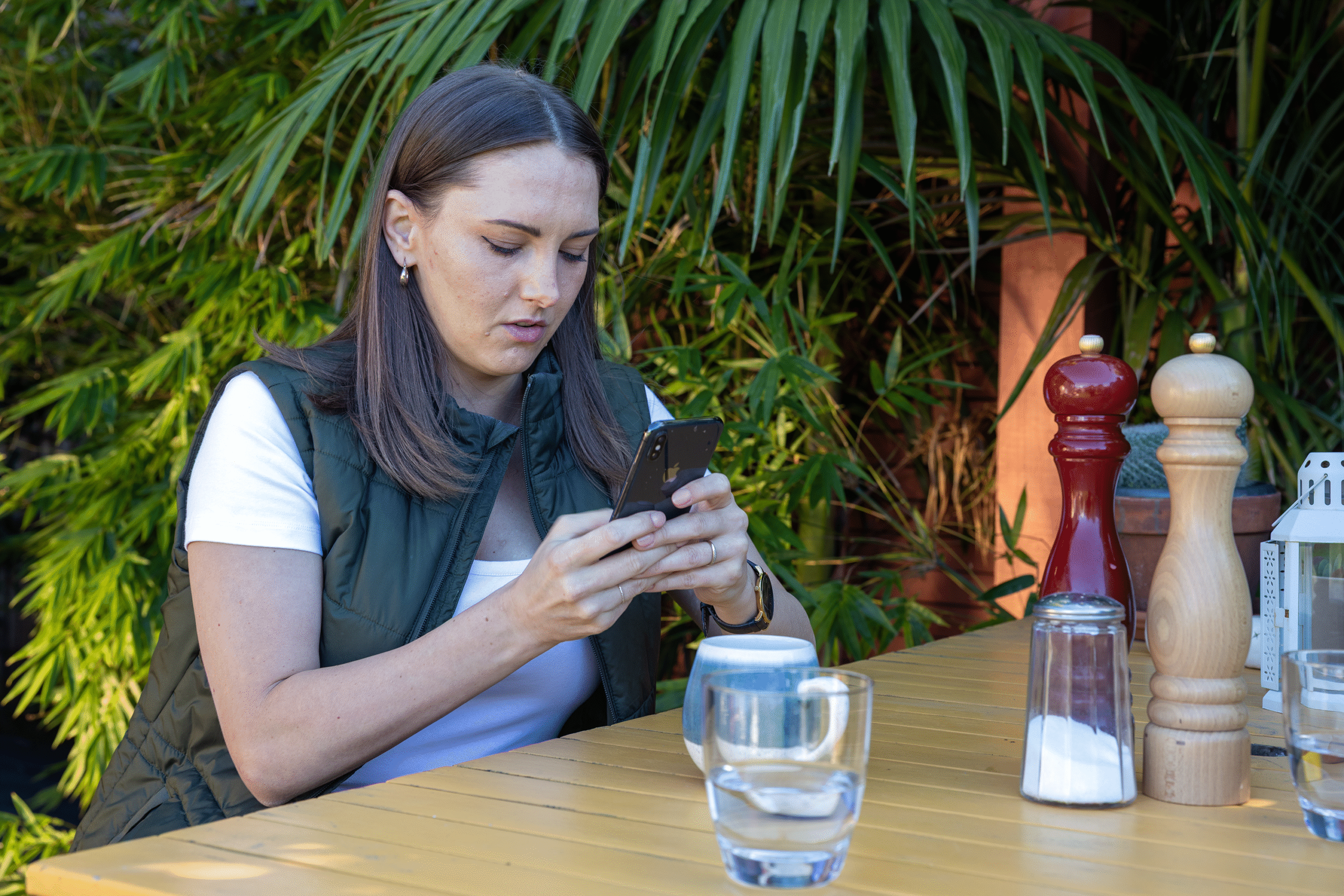
Keeping safe from tech-based coercive control
Download this calendar for monthly tips on how to protect yourself from tech-based coercive control.
Check your knowledge of tech-based coercive control with this quick quiz.
Establishing healthy tech boundaries
When one partner controls most or all aspects of technology in the home, the other partner may be left without access, knowledge, or control over the tools they rely on daily. This dynamic can become a gateway for tech-based coercive control, where technology is used to monitor, restrict, or manipulate someone’s actions or communications.
Both partners should feel empowered and informed when it comes to the technology they use.
That’s why it’s so important to promote shared access, digital literacy, and open conversations about tech use in relationships. Both partners should feel empowered and informed when it comes to the technology they use. Recognising and challenging gendered assumptions around tech use is a key step toward more equitable, respectful, and safe relationships.
You and your partner might choose to use tracking apps as a safety measure—for example, when traveling alone at night or camping in remote areas. In these situations, technology can offer peace of mind and provide support in case of an emergency. However, you may feel uncomfortable if your partner uses the same tracking app to monitor your location for other reasons. It's important to set boundaries and ensure that any use of tracking technology is based on mutual trust and consent. Consent between partners must be specific, voluntary, and can be withdrawn at any time. This ensures that consent is clear and can be changed if either person no longer agrees. The same principle applies to how you both choose to use technology in your relationship. Having a conversation with your partner can help you agree on the specific ways that tech can and cannot be used within your relationship.
Tips for setting healthy tech boundaries with your partner
SubtitleAccess to and use of technology in relationships isn’t always neutral—it can be shaped by gender roles and social norms. In many households, it’s still common for men to take the lead in setting up and managing tech devices, such as home Wi-Fi, smart devices, apps, and online accounts. While this may seem harmless or simply practical, it can unintentionally create an imbalance in power.
When one partner controls most or all aspects of technology in the home, the other partner may be left without access, knowledge, or control over the tools they rely on daily. This dynamic can become a gateway for tech-based coercive control, where technology is used to monitor, restrict, or manipulate someone’s actions or communications.
That’s why it’s so important to promote shared access, digital literacy, and open conversations about tech use in relationships. Both partners should feel empowered and informed when it comes to the technology they use. Recognising and challenging gendered assumptions around tech use is a key step toward more equitable, respectful, and safe relationships.
You and your partner might choose to use tracking apps as a safety measure—for example, when traveling alone at night or camping in remote areas. In these situations, technology can offer peace of mind and provide support in case of an emergency.
However, you may feel uncomfortable if your partner uses the same tracking app to monitor your location for other reasons. It’s important to set boundaries and ensure that any use of tracking technology is based on mutual trust and consent.
Consent between partners must be specific, voluntary, and can be withdrawn at any time. This ensures that consent is clear and can be changed if either person no longer agrees. The same principle applies to how you both choose to use technology in your relationship.
Having a conversation with your partner can help you agree on the specific ways that tech can and cannot be used within your relationship.
Tips for setting healthy family tech boundaries after a separation
When families go through separation or divorce, it’s important to create healthy tech habits early to protect children’s wellbeing. Children may be more vulnerable to the emotional impacts of parental conflict, especially if communication breaks down or spills into digital spaces. To prevent this, parents can set clear boundaries around children’s access to devices and model respectful online behaviour.
- Set Clear Screen Time Boundaries: Agreement on how much screen time is appropriate for your children can help maintain balance. Consider age-appropriate limits and be consistent across both households.
- Promote Open Communication: Encourage your children to talk openly about their online experiences. Make sure they feel comfortable sharing any concerns or issues they may encounter on the internet.
- Monitor Content: Use parental controls and monitor the content your children access to ensure it’s age-appropriate. Discuss the importance of internet safety, including recognising and avoiding harmful content.
- Create Tech-Free Zones: Designate areas in the home (such as the dining table or bedrooms) as tech-free zones to promote family bonding and ensure a healthy balance of offline activities.
- Be a Positive Tech Role Model: Set an example by using technology responsibly. Show your children how to balance screen time with other activities, like reading, outdoor play, or family time.
- Avoid Using Your Child’s Devices to Track or Monitor Your Co-Parent: Respecting your child’s privacy and making sure their devices are used solely for their own purposes can help them feel safe, supported, and shielded from adult conflict.
- Set Boundaries for Co-Parenting Communication: Use parenting apps or separate communication channels to manage co-parenting tasks without involving the children in adult conflicts. This helps reduce stress and confusion for children.
- Respect Privacy: While it’s important to monitor your children’s online behaviour, also respect their privacy. As they get older, allow them more autonomy and trust them to make responsible choices.
- Encourage Offline Activities: Balance screen time with creative, educational, and physical activities like reading, sports, or arts and crafts. This helps children develop a healthy relationship with both online and offline worlds.
- Check In Regularly: Have regular check-ins with your children about their digital lives—what apps they use, who they interact with online, and how they feel about their tech experiences. This promotes trust and ensures they’re feeling supported.
- Collaborate with Your Co-Parent: If possible, work with your co-parent to ensure consistency in tech rules and expectations across both households. This helps your children feel more secure and understand boundaries.
Recognising tech-based coercive control
I am a so called subtitle.It’s important to be aware of the behaviours and signs that could indicate tech-based coercive control in order to prevent it.
Coercive control can take many forms, and technology is often used to monitor, manipulate, or limit a person’s freedom.
By identifying warning signs early, individuals can take steps to protect themselves and their loved ones.
Tech-based coercive control may look like…
- Constant Monitoring of Location or Activities: The partner frequently uses tracking apps or other methods to monitor your whereabouts, online activities, or social media usage without your consent.
- Demanding Access to Devices or Accounts: They insist on having access to your phone, computer, email, or social media accounts, often under the guise of “trust” or “transparency,” and monitor your messages, calls, or online interactions.
- Controlling Communication: They use technology to control how and when you communicate with others, such as limiting your ability to contact family or friends, or demanding to know every detail of your conversations.
- Threatening to Expose Personal Information: They threaten to share private or embarrassing information (photos, texts, etc.) unless you comply with their demands.
- Use of Spyware or Monitoring Software: The partner secretly installs apps, spyware, or monitoring software on your devices to track your activities without your knowledge or consent.
- Manipulating or Altering Your Online Presence: They may alter your social media profiles, passwords, or online accounts without permission to control your image, prevent you from accessing your accounts, or even create fake content in your name.
- Cyberbullying or Harassment: They use digital platforms to send threatening messages, spread rumors, or engage in harassment or emotional manipulation to intimidate or control you.
- Isolation via Technology: They use tech to isolate you from support systems—restricting communication with loved ones or sabotaging relationships by controlling who you interact with online.
- Monitoring Finances and Transactions: If you share financial accounts, they may track your spending, monitor purchases, or even block you from accessing your own money.
- Pressure to Conform to Their Digital Preferences: They demand that you change your passwords, privacy settings, or digital habits to meet their expectations, making you feel obligated to comply.
Tips for keeping yourself safe online
I am a so called subtitle.- Set and Maintain Boundaries: Be clear about your personal boundaries when it comes to technology use. Consent should always be at the heart of any monitoring or sharing.
- Keep Devices Secure: Use strong passwords, two-factor authentication, and avoid sharing login details with anyone. Regularly update your devices and software to protect against spyware.
- Be Aware of Changes: Pay attention if your partner starts acting overly possessive about your technology use or pressures you to share access to your devices.
- Seek Support: If you notice any of these signs, reach out to trusted friends, family, or professionals for advice and support.
- Know Your Rights: Familiarise yourself with laws regarding privacy and digital harassment in your region, so you can protect yourself if necessary.
Finding help
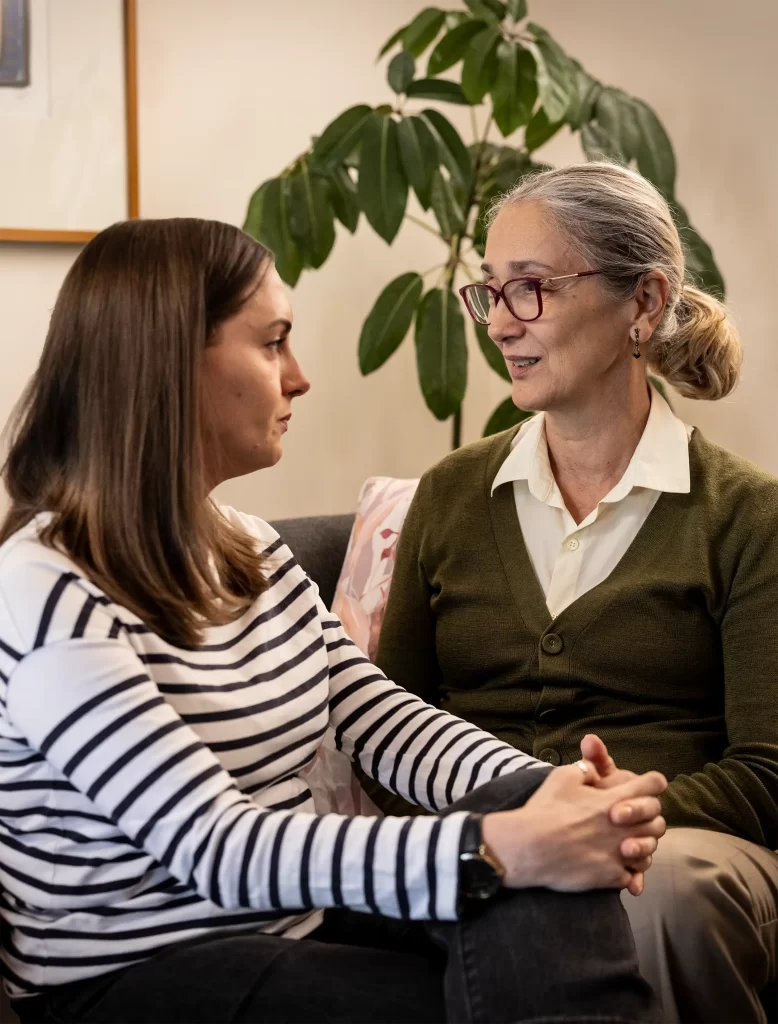
Family Violence Practitioners
Specialist family violence practitioners are best equipped to offer ongoing, targeted support.
Encourage people who may be experiencing or using tech-based coercive control to reach out to The Orange Door in their local area, where they will be connected to the necessary services.
This website provides the physical address, phone number, and email of the nearest Orange Door location.
If the person feels uncomfortable using services within their own community, they can also contact a provider outside the area.
Specialised support for someone experiencing tech-based coercive control
I am a so called subtitle.A family violence practitioner can support someone experiencing tech-based coercive control in a number of ways, including:
- Listening without judgment by providing a safe, supportive space for the person to share their experiences without fear of disbelief or blame.
- Identifying signs of tech-based coercive control by helping the person recognise patterns of monitoring, control, or digital harassment that may not initially seem abusive.
- Creating a digital safety plan by assisting with steps to secure devices, accounts, and online activity—such as updating passwords, adjusting privacy settings, or using safe devices. Free community facilities that provide safe tech are Public Libraries and Centrelink agencies, as well as some Neighbourhood Houses and Learn Locals.
- Providing information and education Explaining how tech-based coercive control works, what tools abusers may use (e.g., spyware, tracking apps), and what rights the person has.
- Supporting a tech sweep Either by guiding them through the process or making a referral to a free remote tech assessment service, provided by The Salvation Army’s Safer in the Home program. This program is funded to meet the demand of low-medium risk referrals that do not meet eligibility for the crisis response of a state or local, high-risk, specialist family violence agency.
- Connecting to specialised support Referring them to legal, housing, financial, or cybersecurity experts, as well as culturally appropriate or trauma-informed services. Community Legal Centres provide free, confidential legal help on family violence matters. They can help the person understand their rights, their children’s rights, and what a parenting plan might look like. Regional contacts can be located here.
- Supporting safe communication Helping set up secure and private ways to stay in touch with support networks, including use of protected email addresses or phones. Free community facilities that provide safe spaces to access tech without the risk of being monitored include Public Libraries and Centrelink agencies, as well as some Neighbourhood Houses and Learn Locals.
- Documenting abuse Offering guidance on how to safely record or collect evidence of tech-based abuse, which may be useful for legal protection or support services.
- Empowering informed decisions Respecting the person’s choices while helping them understand their options, including leaving, staying safely, or seeking protective orders.
- Advocating on their behalf Working with schools, workplaces, or service providers to support the person and help put protective measures in place.
- Encourage social connectedness through joining a Peer Support Group or participating in community activities at their local Neighbourhood House, such as craft, cooking or gardening groups where they can learn new skills, access affordable meals, and make new friends.
- Promoting long-term digital safety Supporting the person in building confidence with technology and reclaiming control over their digital life.
- Encourage empowerment and resilience by upskilling and building self-confidence.
- The Shark Cage provides this explainer video on the importance of building empowerment and resilience.
- Local Public Library, Neighbourhood House or Learn Local often provide free courses in Digital and Financial literacy.
- The Pink Belt Project supports victim-survivors of family violence to recover by connecting them with martial arts for healing, health, wellbeing and growth.
Specialised support for someone engaging in tech-based coercive control
SubtitleHelpful resources for practitioners supporting someone who is engaging in tech-based coercive control may include:
- Dardi Munwurro provides the Brother to Brother First Peoples Men’s Family Violence Referral Line. Call 1800 435 799, available 24 hours a day, 7 days a week.
- Men’s Referral Service provides a Brief Intervention Service (BIS) for men living in regional or remote areas. It provides short term multi-sessional telephone support for men who use violence. It does not replace a men’s behaviour change program or group. Participants can access BIS by calling the Men’s Referral Service on 1300 766 491 or via 24-hour chat service on the website.
- Men’s Referral Service also provides Men’s Accommodation and Counselling Service (MACS) in Victoria to support men who cannot go to their home due to their use of family violence with finding temporary accommodation. Participants can access MACS by calling the Men’s Referral Service on 1300 766 491 or via 24-hour chat service on the website.
- No to Violence provides a range of sector and practice resources to support frontline workers working with men who use violence, including tech-based abuse.
Professional development for family violence practitioners
- eSafety provides a free eLearning course for frontline workers to enable them to better help their clients experiencing technology-facilitated abuse.
- Peninsula Community Legal Centre has created six short courses to explain key intersecting systems family violence workers are likely to encounter. They can be approached in any order and are designed to be easy to jump in and out of as needed.
Other helpful resources for family violence practitioners
I am a so called subtitle.- Supporting Multicultural and Multifaith communities:
- Intouch provides A Comprehensive Guide for Family Violence Service Providers for frontline workers working with multicultural and multifaith communities
- Supporting Aboriginal and Torres Strait Islander Communities:
- Safe + Equal provides information on delivering culturally safe practice to Aboriginal and Torres Strait Islander communities
- 1800Respect provides information on delivering culturally sensitive support for frontline workers conducting risk assessments for members of the Aboriginal and Torres Strait Islander communities
- Supporting people living with disabilities:
- eSafety provides this conversation guide to support frontline workers in having guided conversations with people with disabilities who may be experiencing tech-based abuse.
- Safe + Equal provides information, tips, tools and resources for frontline workers working with people living with disabilities
- Additional brokerage may be available to support people living with disabilities in Victoria under the Statewide Disability and Family Violence Crisis Response Initiative. Frontline workers can contact Disability Family Violence Liaison Officers for further information by calling 1800 015 188 between 9:00 am and 5:00 pm, Monday to Friday, or by emailing disability@safesteps.org.au.
- Supporting Multicultural and Multifaith communities:
Experiencing tech-based coercive control?

Safe Steps
Safe Steps provides a 24/7, statewide, inclusive and confidential, family and domestic violence crisis support service. Live chat is available via their website or call 1800 015 188 anytime.

1800RESPECT
1800RESPECT provides national domestic, family and sexual violence counselling, information and support services. Call 1800 737 732 or text 0458 737 732 or chat online or video call via their website.
Safe + Equal
Safe + Equal have provided this helpful resource on how to ask if someone is safe at home.

The Orange Door
The Orange Door in your local area provides help for Victorians who are experiencing family, domestic and/or sexual violence. This website provides the physical location, phone number and email address of your nearest Orange Door location.
The Orange Door will connect you with a case manager in your area, who will help you with crisis responses, safety planning and advocate for your rights and access to resources and entitlements.
If for any reason you’re uncomfortable using a case manager from your own community, you can contact a provider outside of your area.
Djirra
Djirra is a specialist family violence organisation that delivers culturally informed family violence legal and support services, predominantly for Aboriginal and Torres Strait Islander women. You can contact Djirra by calling 1800 105 303 or visiting the website.

Rainbow Door
Rainbow Door is a free service for the LGBTIQ+ community that supports individuals and families of all ages and identities with family violence, including intimate partner violence, elder abuse, sexual assault and relationship issues. Phone 1800 729 367 or visit the website here.
inTouch Multicultural Centre Against Family Violence
inTouch Multicultural Centre Against Family Violence provides specialist family violence service support to multicultural and multifaith communities including migrant and refugee women. For support, phone 1800 755 988, complete this online self-referral form, or visit the website.
Engaging in tech-based coercive control?

Men’s Referral Service
Men’s Referral Service, operated by No to Violence, provides counselling and can help find longer term support. Phone 1300 766 491 or chat online from the website.
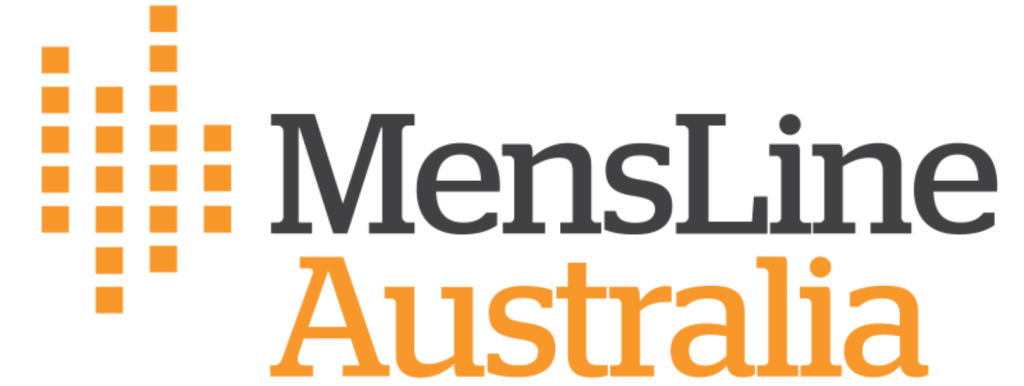
Mensline Australia
Mensline Australia also provides free telephone and online counselling services. Phone 1300 789 978 or reach out via webchat from the website.

Yarning Safenstrong
Yarning Safenstrong provides free and confidential phone support to Aboriginal and Torres Strait Islander people. Counsellors are available 24 hours a day 7 days a week and can be contacted by phoning 1800 959 563.
Dardi Munwurro
Dardi Munwurro provides the Brother to Brother First Peoples Men’s Family Violence Referral Line. Call 1800 435 799, available 24 hours a day, 7 days a week.
innerBoy
She is not your rehab have developed the innerBoy app, a free and accessible platform that provides access to a range of tools, insights, and resources designed to support men in breaking free from violence.
Accessing safe tech
Spyware and stalkerware are among the most serious tools used to exert tech-based coercive control. This website provides useful information and helpful resources if you suspect that you are being stalked or monitored online.
Some community spaces, like Public Libraries and Centrelink agencies, offer free access to computers and the internet. These can be helpful places to safely use tech to access information online and connect with support services. You may also find this at some Neighbourhood Houses and Learn Locals.
If you are concerned that your tech is being monitored, a family violence case manager may be able guide you through doing your own tech-sweep or making a referral to a free remote tech assessment service, provided by The Salvation Army’s Safer in the Home program.
Items to check when conducting a tech sweep may include:
- All items that can be connected to the Internet or via GPS;
- Home WIFI account and Bluetooth devices;
- Online streaming and gaming accounts;
- Your children’s tech, such as phones and gaming consoles;
- Tech associated with your pet, such as a collar AirTag or pet identification microchip;
- Accounts that can alert to your location at any given moment; such as an eTag, Medicare card, Uber account or supermarket rewards card.
Tech-Safe Communities
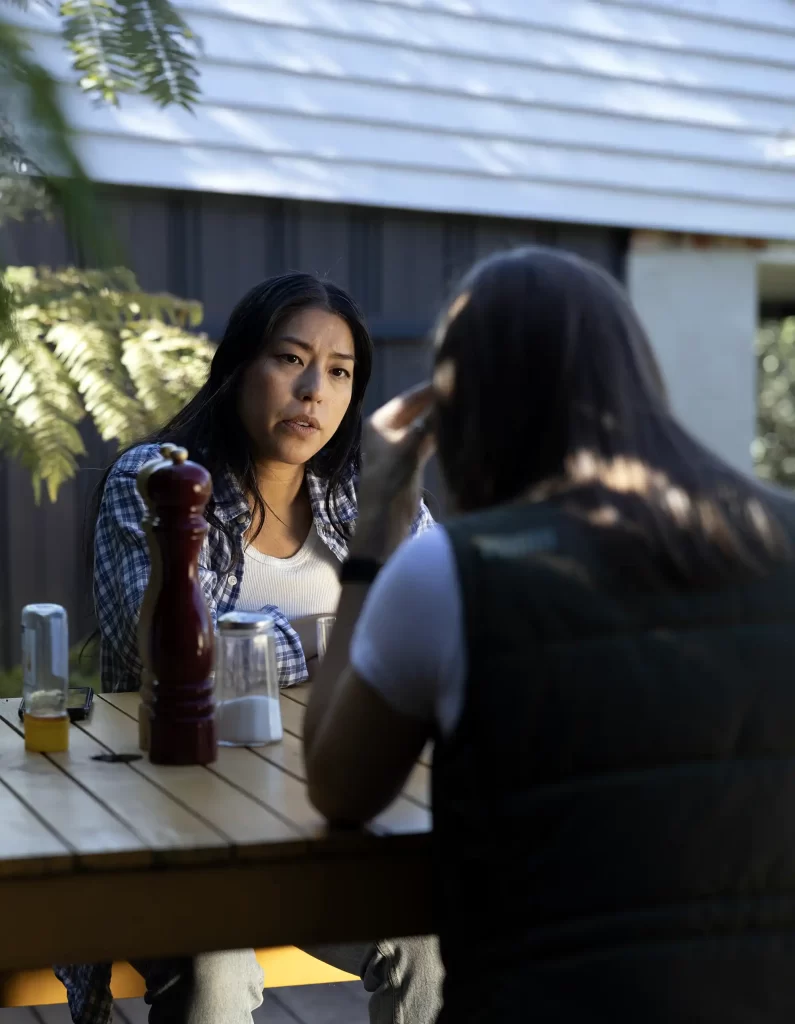
Community Leaders
Recognising the signs early and responding with care can play a vital role in preventing further harm.
Keeping Communities Safe
By working together, communities can create a culture where digital respect and safety are the norm—and where coercive control, in any form, is not tolerated.
Raising Awareness
Public Education Campaigns:
Launch community-wide campaigns that explain what tech-based coercive control is, how it shows up in relationships, and why it’s harmful.
Normalise Conversations:
Create spaces—schools, workplaces, community centres—where people can talk openly about healthy digital relationships and personal boundaries.
Providing Education and Training
Workshops and Seminars:
Offer training for parents, youth, educators, and service providers on digital safety, privacy, and the early signs of coercive control.
Digital Literacy Programs:
Equip people of all ages with the skills to safely use technology, recognise manipulation, and protect their personal data.
Supporting Victims and Survivors
Safe access to help:
Ensure that survivors can safely access support services, including specialised family, domestic and sexual violence support services that are trained in tech abuse.
Tech-Savvy Support Services:
Train frontline workers to identify tech-based abuse and help survivors secure their devices, online accounts, and digital footprint.
Engaging men and boys
Challenge Harmful Norms:
Facilitate conversations that challenge gendered expectations around control, power, and masculinity—especially in the digital context.
Promote Healthy Role Models:
Highlight men who advocate for respectful, equal relationships and safe tech use.
Advocating for Stronger Protections
Policy and Legal Reform:
Push for laws that recognise and address tech-facilitated abuse as a form of coercive control.
School and Workplace Policies:
Encourage institutions to adopt policies that protect against digital harassment and promote respectful online conduct.
Creating Tech-Safe Spaces
Community Tech Hubs:
Offer access to safe devices and private internet connections for people at risk, especially in rural or underserved areas.
Partner with Tech Providers:
Work with local tech companies or digital service providers to improve privacy protections and reporting mechanisms for abuse.